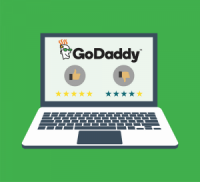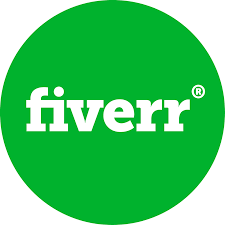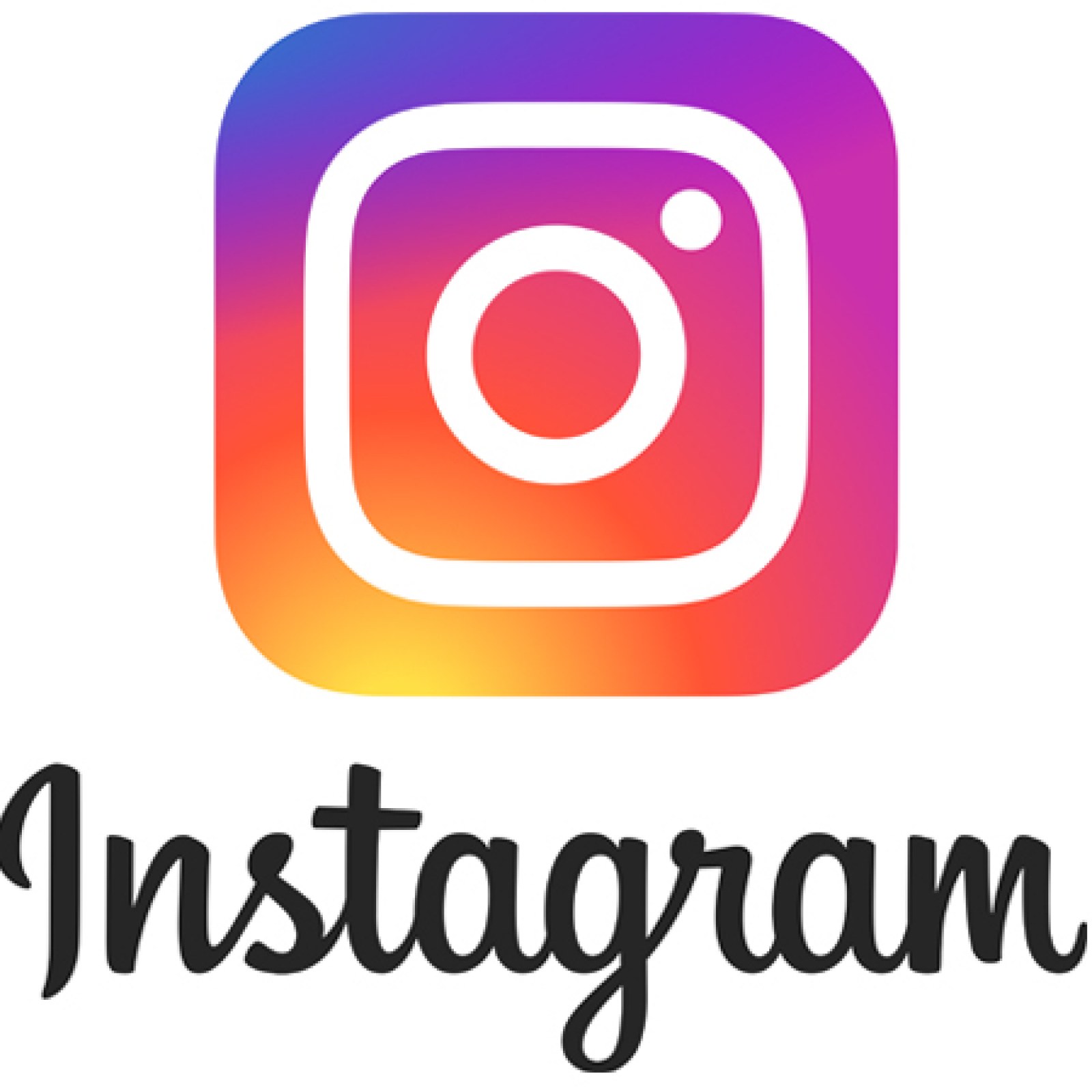Want to be a travel blogger? We did. Here’s how.
After much deliberation, we took the plunge into travelling full-time and blogging about it. After thousands of miles under our belt, we wanted to put together an Ultimate Guide on How to Get Started Travel Blogging. We go through this step-by-step so bookmark this page now so you can reference it later.
(Full Disclosure: This page contains some affiliate links to products, which is how we suppliment our travels and blogging. We may receive a commission for purchases made through these links, however, the following recommendations based off what we actually have done.)
Part I – Getting Launched
1. Domain Name
It’s so hard to come up with a clever name now that everyone and their sister is out there living the #vanlife or #rvlifestyle and has social media. Before you fall in love with a clever name, be sure to Google it and search it on Instagram. Using your personal name in the brand name will make it easier, but some advice (that we didn’t adhere to) was that if you want to sell your brand when you retire from your traveling life, it’s better to use a generic name.
GoDaddy is my go to for domain names. They have great customer service, which if this is your first time building a website is a must thanks to all the new jargon you’ll be forced to learn.

2. Hosting
After you pick out your perfect website name and purchased it, you’ll need server space to host it, hence the name hosting. To get started, you’ll go with a Shared Hosting Plan, which means you don’t have a dedicated server to yourself, but you don’t need one at this point.
If you bought your domain from GoDaddy, you may want to just stick with them, however I’ve heard from some of website buddies that Blue Host is a better place to keep your hosting. I’ve used those two as well as Host Gator and can’t say I notice much difference between the three.
3. WordPress Theme
Okay, now that you’ve got your server established, you’ll want to install WordPress and install a WordPress Theme. A theme is just that, a set of rules and design guidelines so that everything follows…wait for it…a theme!
There’s a couple ways to go here. The first is to pick a theme that looks very similar to how you would want you site. We recommend Elegant Themes because they are beautiful, well established, and have so many options.
Now we (with the help of a Virtual Assistant; more on that in a bit) used a used Elegant Theme’s DIVI to build our website our website. A little confusing at first, but it builds your site using blocks and modules. The advantage is that once it’s up, it’s very responsive to mobile viewing and has a ton of functionality built in.
This process will take some time to get a really good looking website and involve frustration so set your expectations accordingly. If you just want to test your ability to consistently create content while on the road, blogger.com or wordpress.com (not .org) may be a good way to test your commitment to the craft.

4. Design
Before you dive into a full website design, you will want to get your brand image set. The first part of this is to come up with a logo. A logo can be used on your website, your social media, and any products that you might produce. We love Fiverr for finding designers to do this kind of work because they are often cheaper than Upwork and 99designs because they are usually getting started as designers, but still competent in logo design.
Here’s a little trick I’ve used – I’ll hire a few designers on Fiverr, for say, $10 each to see where their individual creativity goes. As humans do, designers can fall in love with their first design idea, so even with revisions (can cost extra) you may still not love the direction that concept goes. So for a cheap hedge, why not hire more than one? You still have to pay them for their time, but it’s not much for more choices.
There are also apps that you can use to design yourself. Canva is one that Taylor has used for our current logo.


Great for Virtual Assistants!
5. Hiring Help
If you don’t have a background in website design, marketing, or writing, you may want to save yourself an insane amount of hours researching and just hire an expert, because after all, what’s the real cost of trying to do everything yourself? Life on the road costs money, ergo time is money, speed up the process with an expert. That’s what we did.
Upwork.com is our favorite for hiring both job specific tasks and on-going help. We have a website guy that I reach out to every time I mess up the website tinkering around. He’s only $10/hr, but bills in like six minute increments (or something like that) so the weekly bills aren’t bad. Upwork also has a screenshot work tracker so you can rest assured that you are only getting billed for work being actually done.
I’ve also used Upwork to find Virtual Assistants for my real estate business and have had good experiences. These tasks you have carefully to lay out step-by-step, but if you need someone to make sure things are getting done while you are driving, hiking, or if you’re like me, fixing your RV, this is a good way to make sure it’s getting done. Rates can start as low as $6/hr, but I don’t recommend
Part II – Getting Launched
Okay, you’ve followed the steps above and your website is looking great. Now let’s get the world to see it!
6. Instagram
Do this first. We have our personal Instagram accounts and a brand account for Scott and Tay. This is because it’s easier to post promotional stuff about your content, engage with the community, and make sure your personal friends aren’t trolling you, because let’s face it, not everyone is going to be happy seeing your newfound freedom while they spend their days starting at their cubicle wall.

7. YouTube
Once you’ve got your website packed with all the info you need to show people you are up and running, it’s time to start driving them there using the number two most searched search engine – YouTube. Create yourself an account and Channel. Not only can you direct people to your website, but encourage follows on social media so that you can stay in front of them.
As far as content goes, maybe you’re still new to new to the travel thing, and that’s okay, you don’t have to claim to be an expert to be to be successful on there, just remember people’s time is valuable so make sure you are providing value and a little entertainment doesn’t hurt either. It’s a great place to show case your personality so tap that to keep them coming back for more.
Once you start getting some traction, meaning lots of views and hopefully many subscribers, then you’ll be ready to monetize your channel!

8. Facebook
Facebook is the grand daddy of social media now and is a great way to keep people up on your experiences. If you’re going to make a travel blog where you sell yourself be sure to create a business page and do that there. First of all, if Facebook suspects you’re running a business from your personal page, it could shut down your page down. Second, you probably want to separate personal from your business brand anyway.
Here’s the downside of the business page – Although business pages are free, Facebook makes all it’s money off ads and won’t show your posts to all your followers unless you pony up. If it makes sense for you, spending something as small as $20/month will have a huge bump in who sees your page.
One strategy is to save your money, but keep your presence going there and use it similar to a webpage where people can be directed to it to find out more.

9. Twitter & Snapchat
If you’re already on Twitter and Snapchat and it’s going well for you, go ahead and skip this section because I probably can’t help you, since these are two sites I can’t get into.
I like to say that Twitter is like a warehouse of people standing shoulder to shoulder all shouting their thoughts. Unless you’re a celebrity, it’s a very uphill battle to make Twitter work for you unless you’ve already been on there for years and had some traction.
But Twitter does give you access to people that share your interest and can be good networking if you are willing to commit to regular and consistent use. This means not just posting, but commenting and engaging others. We have a Twitter account, but fall into the category currently of not living up to it’s potential.
Snapchat is great for staying in touch with people that you’ve met, but it’s a little strange (to me, at least) to reach out to strangers and try to network that way. But like I said, if Twitter and Snapchat are working for you personally, then don’t quit on my accord.
10. Newsletter
Although I believe that a newsletter can be more damage to your brand than good if used incorrectly, if you have a following that you provide value to, then this may be of consideration. I used to use Mailchimp for my real estate business because it was super easy to use, free to get started, had good reporting on the backend, and you could see that it wasn’t ending up in the spam folder nearly as much as Constant Contact.
So how can it be damaging? Every damn company out there invades your inbox these days. Do you really want people to shun you for being one of them?
It also goes without saying that you shouldn’t add people to your list without consent. Everyone should opt in or else you might get hit with a spammer label.
So how can it be good? Like I said above, if you provide value, people will welcome your emails. This may be where a niche and well defined audience comes in. Is there something that you do that almost nobody else does? Giving travel updates won’t cut it, nor will giving hot tips on where to camp in New Hampshire if you have a California audience. Get my drift? Good.
Currently, we don’t have a newsletter, but when we roll out our new “secret project” then we will probably will. If you want to know what that will be, please reach out!





Recent Comments